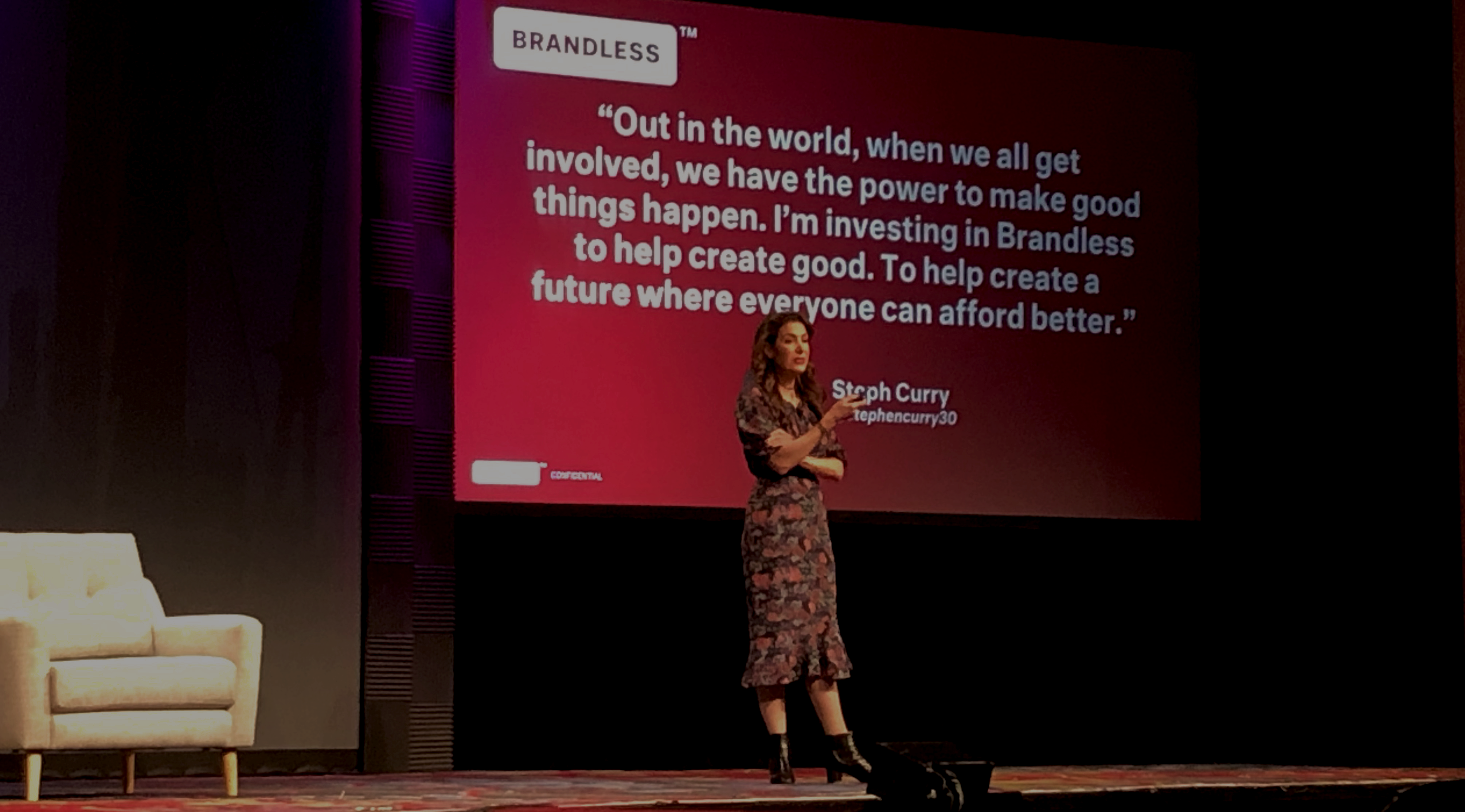I attended Forrester’s 2019 Consumer Marketing Conference, “Beyond the Direct-to-Consumer Revolution.” Since I am constantly seeing ads for many DTC brands such as Allbirds, HelloFresh, and The Honest Company, I was curious to hear about Forrester’s research as well as the perspectives of those forging the way in this space. I appreciated how, at numerous times during the conference, various hosts or panel moderators asked DTC leaders what they would do if they were at legacy brands or companies. Below are some of the themes I walked away thinking about, that can help anyone in marketing.
- Listen First. Then Sell. Tina Sharkey, Co-Founder of Brandless said this in one of the first sessions. As marketers, as soon as we get any data on a consumer, we try to push them to buy, to download the app, to do what the business wants them to do. Sharkey articulated that they consider themselves a “Day 2” organization, because in today’s world they get so much content and knowledge from the community. If you show you’re listening, you’ll receive loyalty much sooner than if you just push what might financially be the lever you need to promote.
- Be Human. This came up in multiple sessions. When DTC executives were asked about what they believe their hook is, or how they can connect to consumers, the consistent response was “We are people talking to people.” By removing the business-speak and having a human conversation, you enable a connection to form.
- Go Where They Are. We’ve all spent a lot of time trying to get consumers to come to us, and if you’re working in a well-established industry or on a heritage brand, it is hard to see past what you’re trying to sell. Evan Jones, the CMO of Fender Guitars, told a fascinating story about how Fender went from solely focusing on selling guitars, to creating an entire digital ecosystem to help customers throughout their musical journey. With only 10% of customers still engaged after 90 days of making a purchase, the purpose was to convert more customers into people who commit to music for life. “Fender Play” became the destination where customers could access lesson tutorials, learn to tune their instrument and, of course, get future product savings. As one of the only brands more than 10 years old represented at the conference, his final message was very clear: “Be prepared to commit to the journey, it won’t happen fast.”
- Practice Agile Marketing. Everyone can do this, and it is what DTC brands do very well, likely due to most of them being nimbler than their larger, traditional counterparts. No longer can you take months and months of detailed planning to get something to Instead, you need to assemble a working dream team and focus on shorter sprints that allow you to bring projects to life in a more impactful way, sooner in the process. A few speakers mentioned that if they waited to be “perfect,” they’d lose, and there was an entire session that walked through how to transition to an agile marketing approach. What can we all do? Pause, on a regular basis, and figure out what to continue doing, stop doing, and start doing.
One takeaway that seemed to work its way into many themes was that you can’t just focus your efforts on acquisition. How are you going to retain customers after their first purchase? With people increasingly willing to “take a chance” on new brands and services, you can’t assume they are your customer until after the second purchase. But, listening, being human, going where they are, and practicing agile marketing will help bridge the gap between acquisition and loyal customers. Now, let’s get to work.

Julia Testa
VP, Strategy & Analytics


